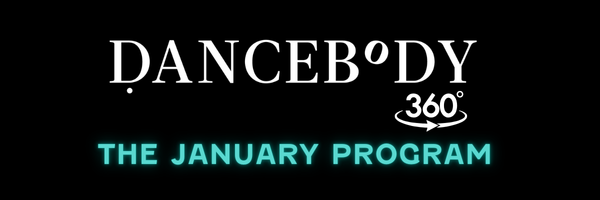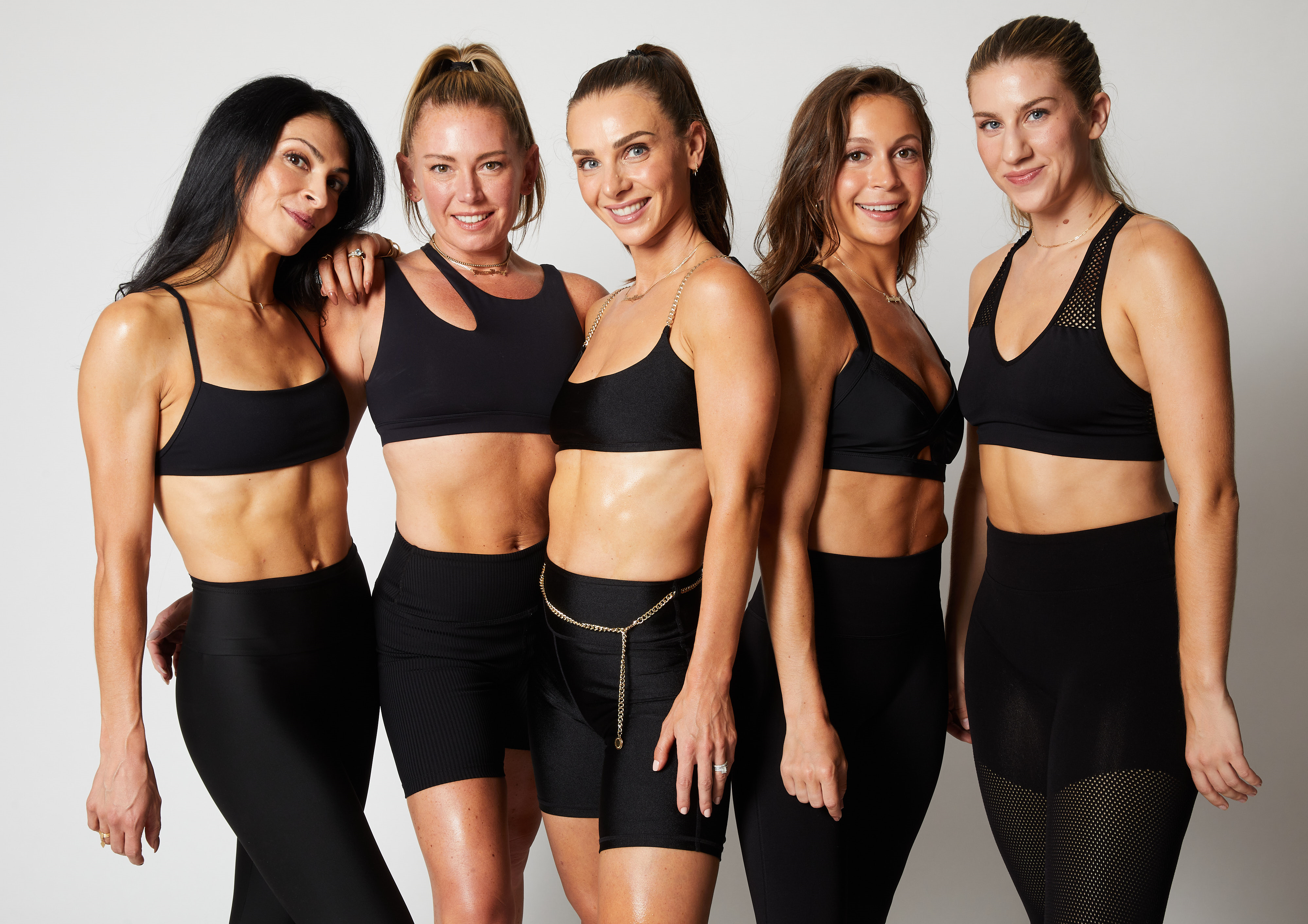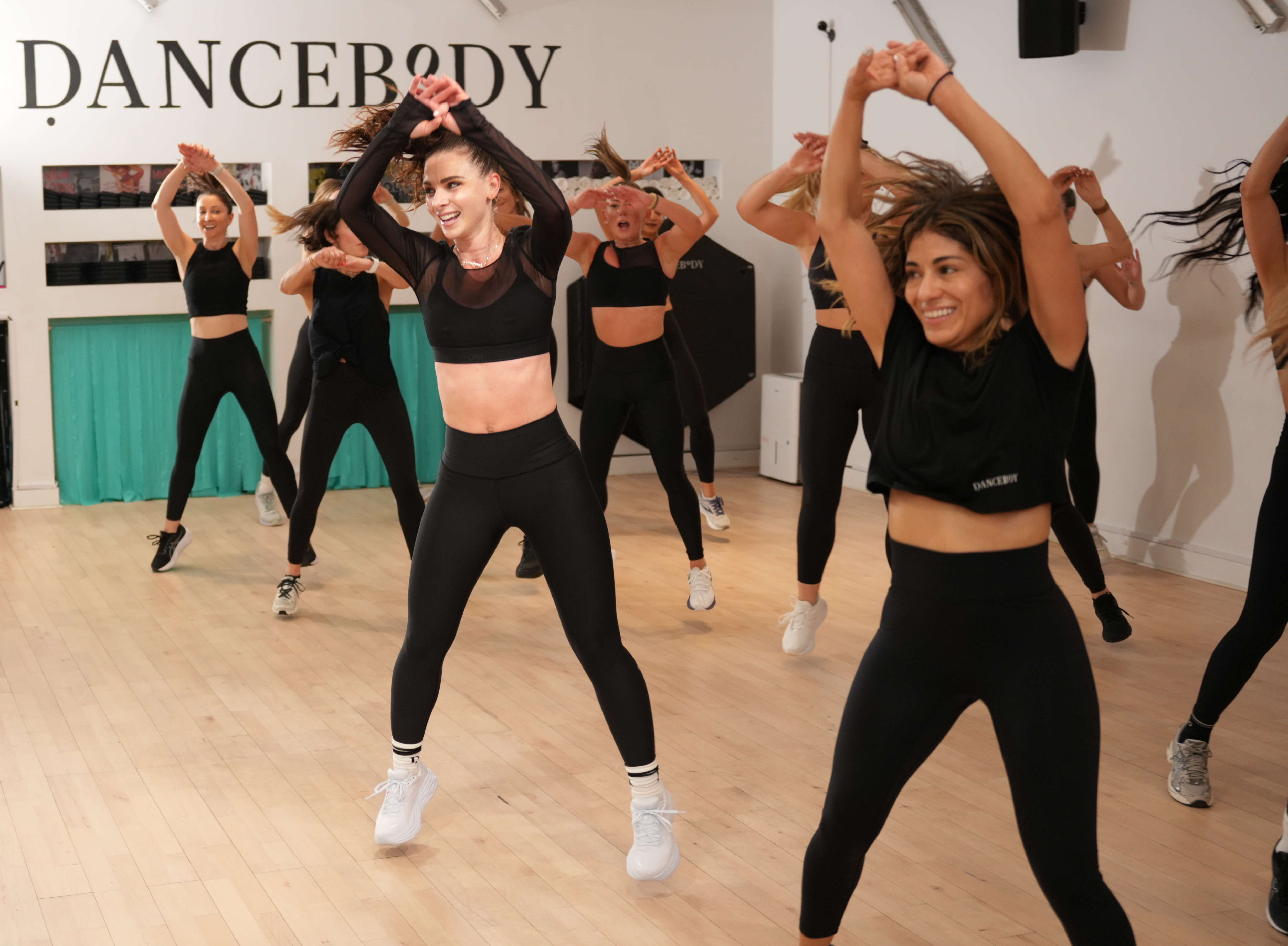One of the most common questions I get from new clients at DanceBody is: “do I need to be a dancer?” And the answer is a solid “no” - you do not need to be a dancer, know how to dance, or have any dance experience to enjoy our workouts.
However, there are some key dancer hacks that will help you feel more comfortable in class. Follow these tips to help you learn how to feel more confident on your feet and even become a better dancer!
Feet First
When you are learning a new dance, always start by learning the feet first. You can add in arm movements once you feel solid on your feet. When you’re trying to nail a move like a turn, just watch the turn first, and look specifically at the instructor’s footwork. Your feet have to get going in the right direction before you learn anything else.
Hips (and Ribs!) Don't Lie
Being able to isolate different parts of your body is a hallmark of being a good dancer. Identifying and moving specific parts of your body, one-by-one is key to better movement - most especially the hips and ribs.
Try these quick exercises to isolate your hips (best done in front of a mirror!):
- Stand with your feet slightly wider than your hips
- Bend your knees and place your hands on your waist
- To isolate your hips, slowly straighten one leg, drop down into the opposite hip, and then switch sides Slowly start to pick up the pace and you’ll see that you’re shaking those hips
- Try the same idea but tuck your hips upward, and then push your tailbone to the back - all while keeping your upper body still
Try these quick exercises to isolate your ribs:
- Stand with your feet slightly wider than your hips, legs straight
- Stretch your arms out to your sides
- Without dipping your shoulders, slide your upper body to one side by activating your abs
- Reaching with your hands, slide your ribs from left to right as if you’re sliding over ice. Keep the rest of your body still to feel those obliques
Learning how to isolate your hips and ribs enables you to have control over your body, piece by piece. These smaller movements allow you to lock into different body parts so you can move independently, creating more exciting dance moves. Aka. The Robot!
Jumping the Correct Way
Jumping may seem pretty intuitive, but there's definitely a right (and a wrong!) way to do it. Warming up your feet before jumping is crucial. Your feet are your foundation, and these warm ups will help you activate those feet in preparation of “the jump-off”:
Slow Roll:
Take off your shoes and stand up to roll through one foot slowly. Start by picking up your toes, the ball of your foot, and once your foot is completely flexed, reverse the motion to return the foot flat. Reverse. Pick up your heel, the ball of the foot, and finally the toes, before returning back to your foot flat on the floor.
This slow roll will help to wake up and warm up the muscles and bones in the foot and prepare it for movement.
To activate all of the muscles in your feet: 10x slow on right and left foot.
Sock Hop:
Most of us workout in sneakers and depend on them heavily to ensure our landing is smooth. It’s due to this reliance that most of us do not properly activate our feet and therefore find our ankles, knees, and even hips feeling sore. Avoid giving your shoes the brunt of the task by trying to learn how to jump sans shoes.
Think of a ballet dancer in those thin ballet slippers - there is zero cushioning there! The reason they avoid injury is because they are holding their abs tight and landing light. Try 10 jumps with both feet, landing with your feet slightly wider than your shoulders. Then, try jumping on just one foot at a time, 10 times. Keep those knees bent and ready to rebound, and those abs nice and tight to hold your energy up! Calves: brace yourselves!
Sole Mate:
Now you’re ready to slip back into those sneaks and try some “releves” or heel raises. Rise up onto the balls of your feet a few times together. Then, when you’re ready, try this with one foot at a time and the other leg bent off the floor. When you are jumping, remember to keep your abs engaged by pulling in your naval back to your spine. When you jump, land light and roll through your feet, while keeping your knees soft.
Remember to get comfortable and open to having a beginners mindset. No one wants to feel like a beginner as an adult, but learning to dance is a process. Once you get more comfortable with these foundations and dancer hacks, you'll be nailing dances (and jumping like a pro) in no time!





